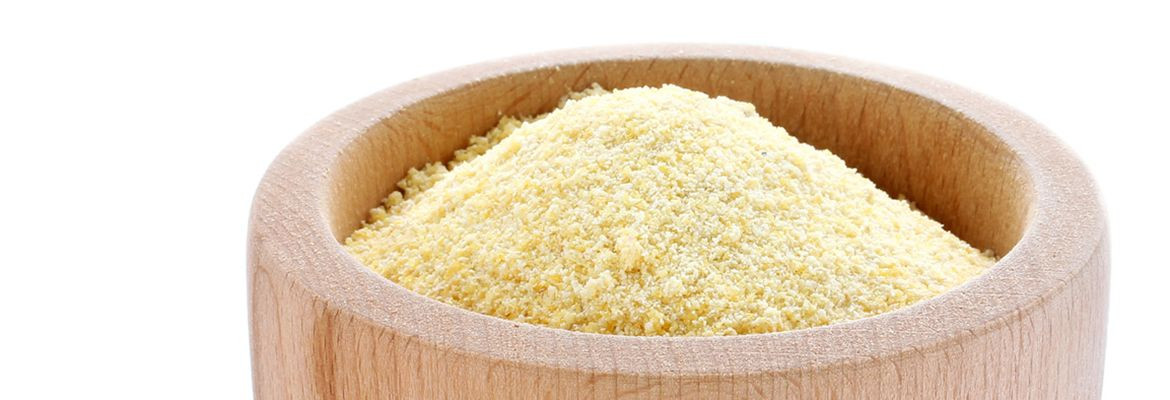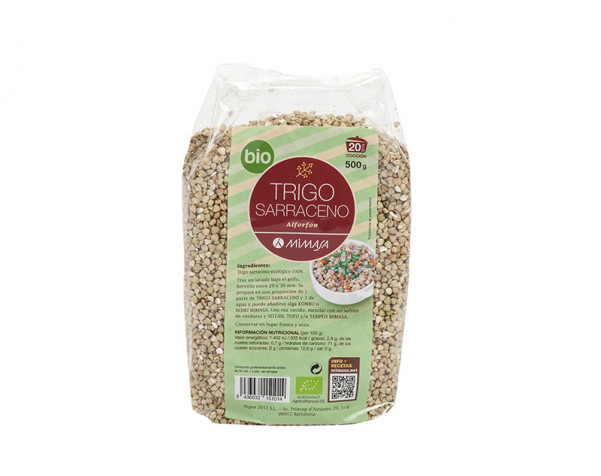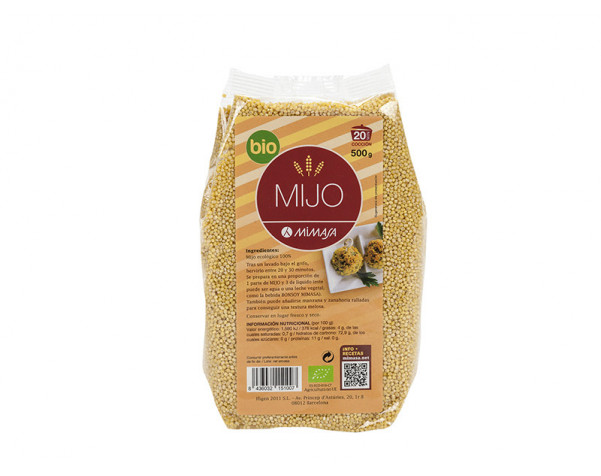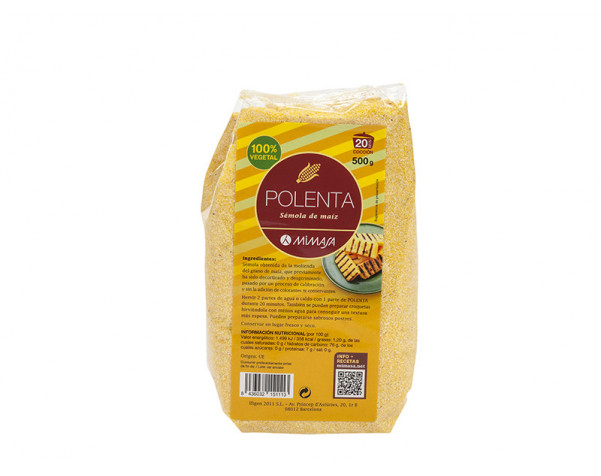Cereals

Cereals, the Basis of Eating
Mimasa’s product range offers diverse and healthy alterantives to the use of common cereals in our diet.
Cereals are basic for a balanced diet. Rice is the main cereal in our cuisine, but we should not forget the rest and alternate varieties or mix different ones.
Eastern traditional medicine links every cereal to an organ of the body. The theory of energy that is transformed successively and permanently in nature’s five basic elements –wood, fire, earth, metal and water- that is the basis of Eastern medicine, links these elements to the five main organs of the human body: liver, heart, stomach-pancreas, lungs and kidneys. Energy gives life to these organs and each of them is the mother of the next one, in the order mentioned and following an immutable, constant cycle.
A cereal corresponds to each of these organs as primary source of life. Respectively: wheat, corn, millet, rice or oats and adzuki beans or pulses in general (because in the East pulses were considered a variety of cereal). Therefore, eating cereals guarantees a smooth and agile functioning of the organs.
Nutritional value
MIMASA’s whole grains ensure the following nutrients:
Carbohydrates (60% to 75%.) Starch turns into glucose, which is absorbed slowly by the intestine allowing the body to obtain energy for long hours without feeling faint. Also, carbohydrates from whole grains are more easily absorbed thanks to the vitamin B they contain. This is why they are not fattening, because they are almost totally burnt.
Proteins (7% to 12%.) Proteins contribute to the making of the tissues, as long as there are essential amino acids. It is precisely cereals that contain the ideal amount for the human body.
Fat content (2% to 7%.) Whole grains –not refined- contain a good percentage of very well-balanced fats. Especially germs, which have an oil rich in vitamin E and natural phosphates.
Mineral salts and trance elements (1% to 4%.) The nutritional importance of calcium, phosphorus, magnesium, silicon, manganese, iron, copper, fluorine, etc, is being increasingly valued. Whole grains provide them to us in amounts that are proportionate to the human body.
Vitamins. Wheat germ provides provitmin A, all the different vitamins of the B group and vitamins C, D, E, K and PP. The important thing is to obtain them through foods like cereals, since they don’t imply the risk of hypervitaminosis, as synthetic vitamins do.
Enzymes (or diastases). They are soluble ferments that make it possible to modify certain bodies to transform them into easier-to-absorb substances. They act as catalysts and ensure the life of the cells of the body’s tissues.
Mimasa’s products
Mimasa’s line of cereals includes the following products:
• Millet. Thanks to its high level of silicic acid it helps preserve the skin, nails and hair. Due to its high content of magnesium and lethicin it also nourishes the brain.
• Buckwheat. It is noted for its capacity to revitalize the human organism.
• Oat flakes. Pre steamed and laminated grains.
• Whole grain pastas. A broad selection, made with organic whole wheat semolina, and organic spinach and carrots in some varieties.
• Couscous. The typical semolina of Arab countries, easy to prepare and very nice with boiled vegetables or lamb.
• Polenta. Corn semolina, very refreshing for the body and of exquisite flavor.
• Bulgur. Parboiled and broken wheat, very tasty and nutritious.





